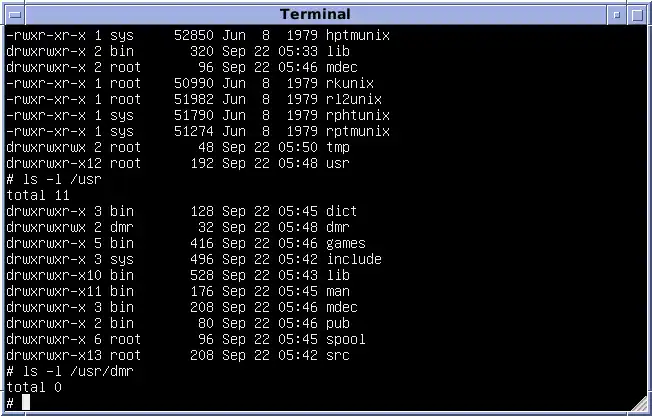One of the best ways to solidify your programming skills is to write your own UNIX program. Classic UNIX tools are excellent learning targets because they are small, focused on a single task, yet interact with core operating system features. In this project, we will create a Python implementation of the popular `cat` command, which reads files and prints their contents to the standard output. This will expose you to file handling, command-line arguments, and object-oriented concepts in Python 3.
Table of Contents
💻 Reading Files and Arguments
The basic function of `cat` is to display a file’s contents. In Python, we can achieve this by using `open()` to get a file object and then iterating through it with a `for` loop to print each line. To make our script behave like a real command-line tool, we need to accept filenames as arguments. The `sys` module provides access to these arguments via `sys.argv`, which is a list containing the script name followed by any arguments. For handling multiple files efficiently, Python’s `fileinput` module is even better, as it can iterate over the lines of all files listed in the arguments in one seamless loop.
💻 Handling Standard Input and Options
A true `cat` clone must also handle standard input when no files are given. The `sys` module also provides `sys.stdin`, a file-like object that we can iterate over to read input from the user or another program’s pipe. Furthermore, we need to handle options like `-n` (number lines) and `-E` (show `$` at line ends). The `optparse` module is a powerful tool for this. It allows you to define expected options, automatically parses them from the command line, and can even generate help text for your users.
💻 Structuring with Classes
To tie everything together and manage state (like the current line number for the `-n` option), we can use object-oriented programming. A class acts as a blueprint for creating objects. We can define a `catCommand` class with an `__init__` method to initialize a line counter and a `run` method to contain the logic for processing files and applying options. This approach neatly encapsulates our program’s logic and state, making the code more organized, reusable, and easier to understand as it grows in complexity.
More Topics
- Redis Guide: The High-Speed In-Memory Data Store
- Riak NoSQL Guide: What’s the Big Deal?
- MongoDB Guide: Build a Blog with Python and Bottle
- MongoDB Guide: An Admin’s Guide to Maximum Power
- MongoDB Guide: Using Native Drivers with Python and Ruby
- MariaDB Guide: The Open Source MySQL Alternative
- SQLite3 Guide: Getting Started with Python

